Name: Nina Earl
Role: Assistant Curator
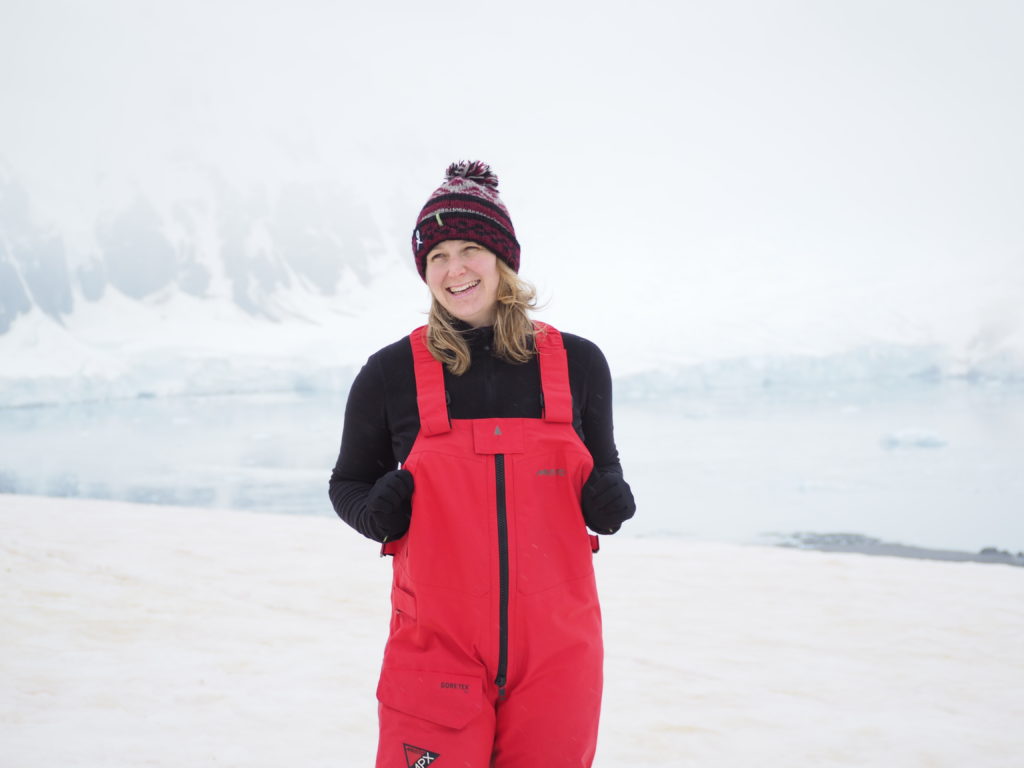
What is your area of expertise?
All things science but currently I am reading and learning about 3D printing. The exciting part is that I get to visit research laboratories and see what is happening in the speculative research of this area. Recently I visited the University of Technology Sydney (UTS) and Deakin University, Geelong Campus. At UTS researchers are exploring new materials and new ways of printing to see if 3D manufactured products could change in response to their environment. They are also looking at new ways of constructing materials with existing technology to try and improve print speed or material flexibility.
At Deakin I spoke to a team who have been working on refining how we can recycle plastic waste to create viable 3D printing filament. One of their recent projects took them to the Solomon Islands where they made recycled filament from dumped plastic material and printed pipe connections in the middle of cyclonic conditions. This is no easy feat, considering 3D prints require a very stable environment to ensure the layers will stick together and the printer does not become stuck or clogged. The researchers described holding the printer in place to stop it shaking during the worst of the weather.
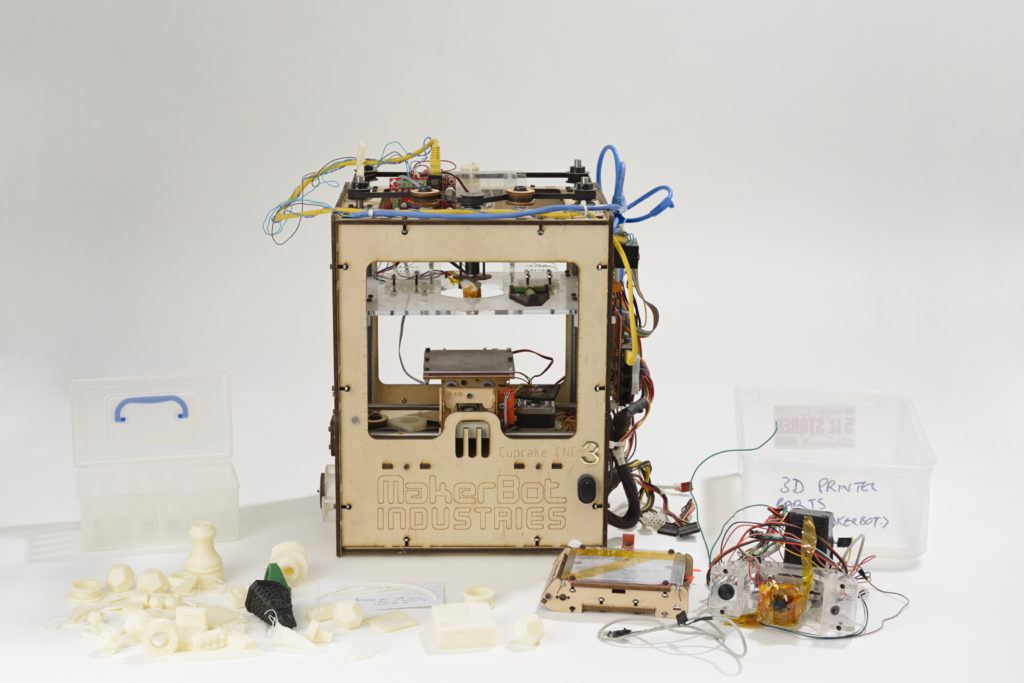
What’s your background and how did you come to work at the Museum?
My background is in science communication. During my undergraduate degree I studied a Bachelor
of Science, with a focus on environmental sciences. This lead me to my first full-time job as a
water conservation officer with ACTEW Water (now
Icon Water). This job was a lot of fun: at the time
Canberra was busy building the brand-new Cotter Dam and reassessing water restrictions after the
drought. My work involved talking to the people of Canberra about water conservation and water
security.
After a few years working for ACTEW, I made the decision to join the circus. Not the kind with
acrobatics or clowns, but a ‘science circus’ that tours around Australia. In 2013 I applied for
and was accepted into the
Masters in Science Communication Outreach
at ANU, or the
Shell Questacon Science Circus. I spent a fantastic year learning a lot about science communication. I enjoyed that year so
much that I found a job with Fizzics Education, a science education company where I worked presenting science shows to schools
across NSW, running workshops and even researching and creating new programs.
The work was wonderful, but it turns out I’m not the travel addict I wanted to be. I began to
crave a job where I could go to ‘the same place every day’. Turns out it is not so easy to find
a place you want to visit every day, but after a trip to London where I caught up with a fellow
circus graduate at the Natural History Museum, I
knew I wanted to try and work in a museum too. The week I got back I looked online and found the
add ‘Assistant Curators Wanted, must have experience in two or more of the following science
areas’ and here I am today.
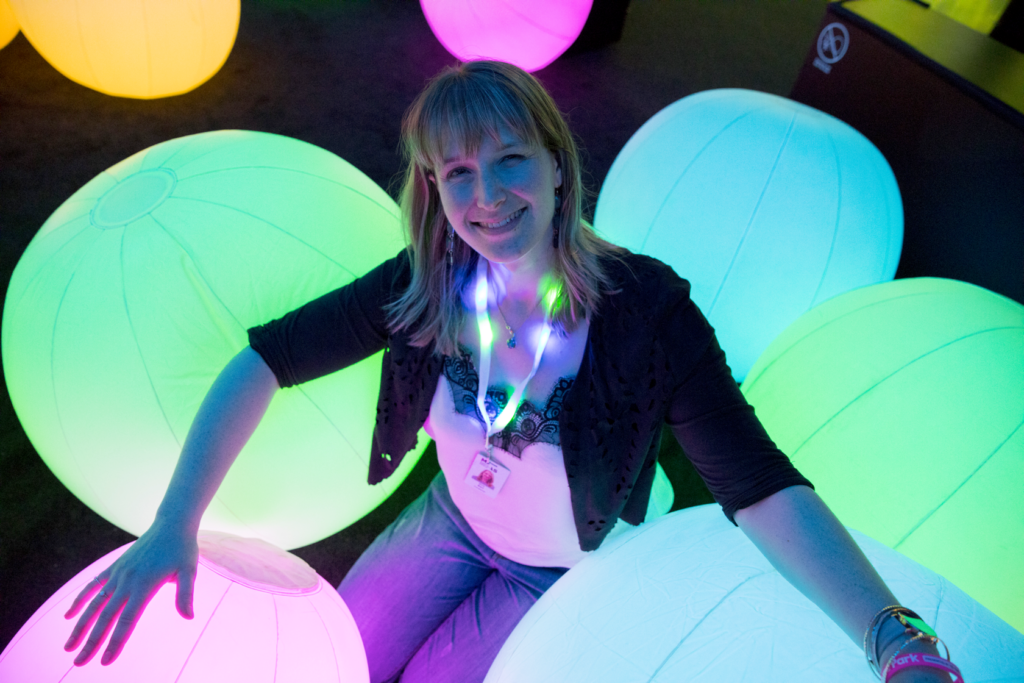
Do you have a favourite collection object?
I love the Bung Plug, even though it is not a very pretty object. It was designed as a more efficient way to seal off an animal’s intestines before removal from the carcass. Previously this point in meat production resulted in high amounts of wastage, due to faecal matter contamination. The Bung Plug is a remarkable design story around the value of introducing professional industrial design to non-traditional industries in order to solve a problem.
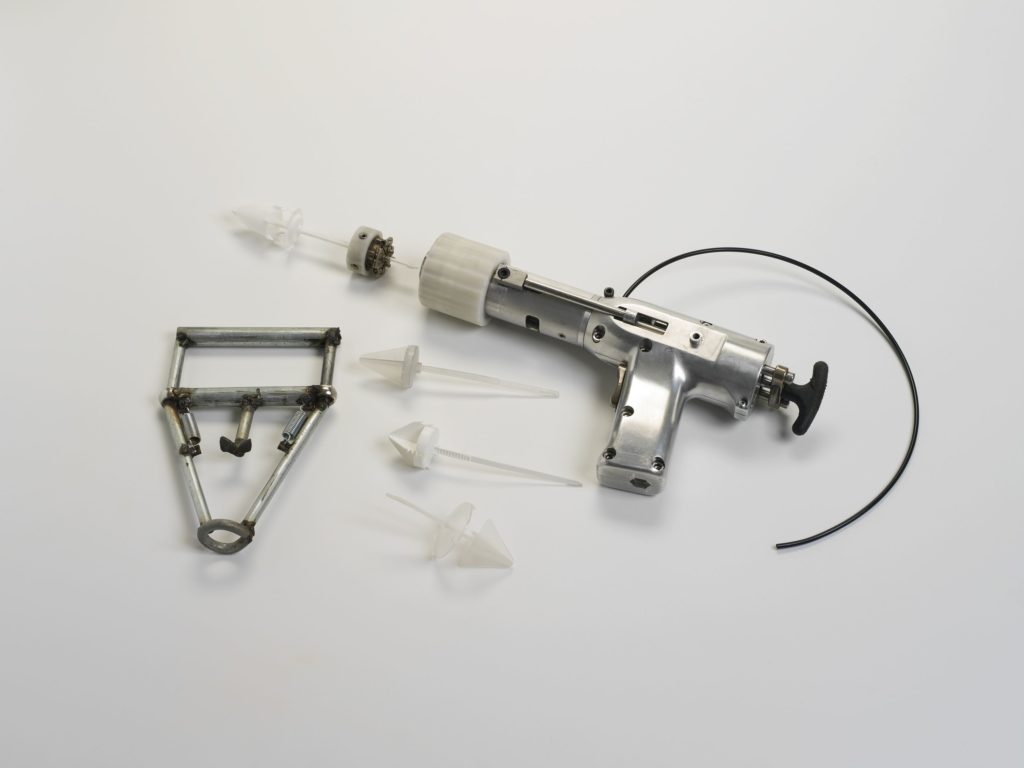
What are you working on right now?
I am currently working with Marcus Hughes, our Head of Indigenous Engagement and Strategy, to deliver a new exhibition that will explore the concept and significance of line and lineage within the cultural narratives and practices of Australia’s First Nations Peoples. It will cross science, technology, design and aesthetics, and will incorporate both objects from our collection and new works. I am particularly excited to work closely with many different mobs to support them in sharing their stories in our museum.
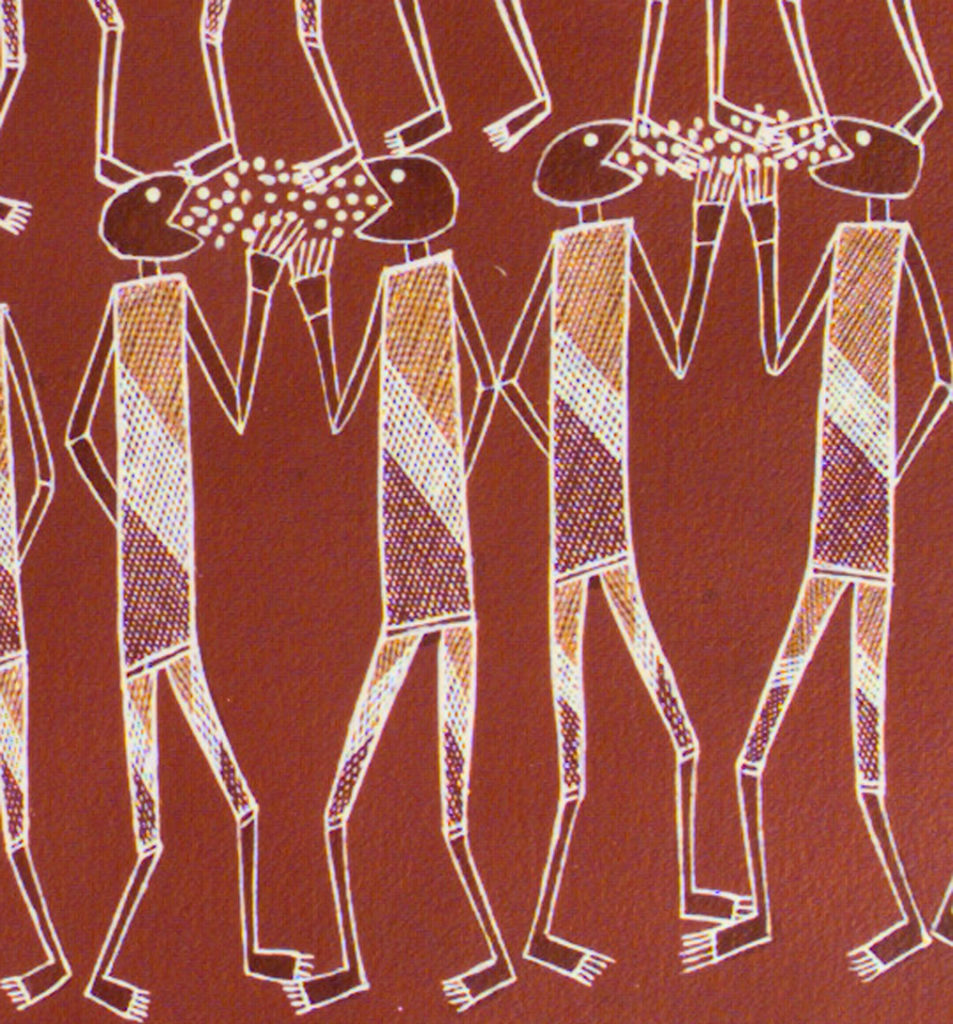
What has been your favourite project or proudest work during your career at the Museum?
Not long after I started working at the museum I was involved in a project to re-think our children’s science gallery Experimentations. As a part of this project we worked with a digital production studio, Lightwell, to develop an interactive periodic table. This is still one of my favourite projects as it involved interesting research and a lot of clever writing. Could you describe the important properties of each element and its uses in only 40 words? But the best part was pulling together all the grouping of cool virtual science experiments that you can perform on the right-hand side of the interactive (see image below). Some of these are just too dangerous or even impossible to do in real life. So it was a lot of fun researching them to create our virtual versions based on what the science tells us would happen. We also got to work with the School of Chemistry at the University of Sydney to film some of the experiments in a safe and controlled environment.
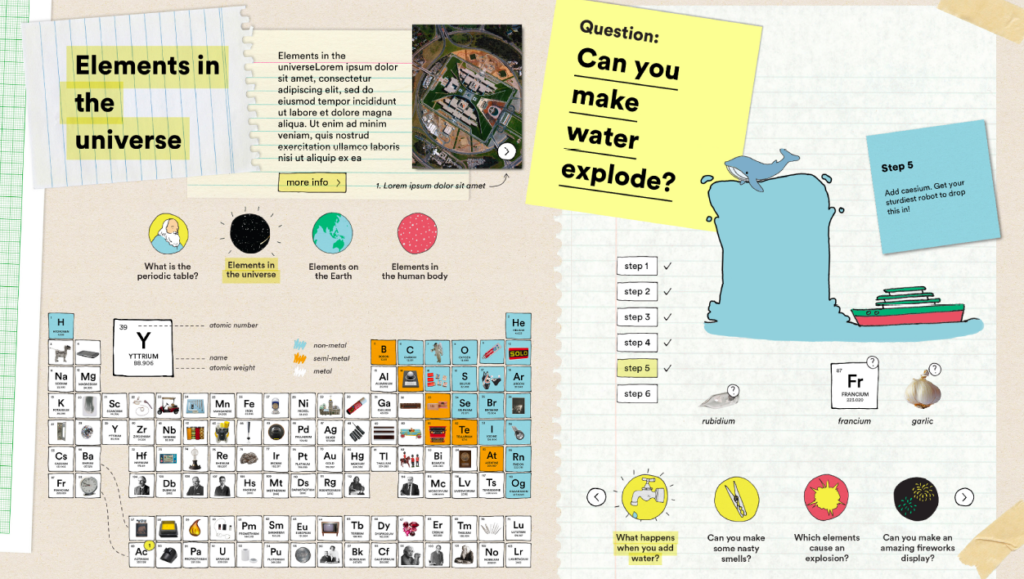
Written by Nina Earl, Assistant Curator, October 2018